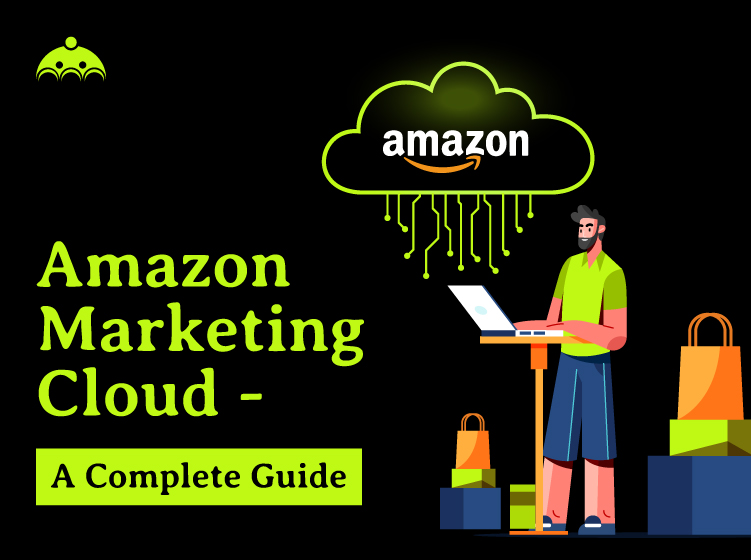Amazon
2/1/25, 5:45 PM
Amazon Marketing Cloud – A Complete Guide

Amazon Marketing Cloud (AMC) is a revolutionary tool for advertisers who want to reach maximum advertising returns.
AMC is a web-based cloud analytic tool launched in 2021 to offer deep analytics of campaigns across media channels.
Developed on Amazon Web Service, it enables businesses to make better marketing decisions through insights.
Let’s explore everything you need about AMC, its benefits, and how to get started.
What is the Amazon Marketing Cloud?
AMC stands for Advertising Monitoring and Control and is a powerful tool that assists advertisers in evaluating and enhancing their existing advertising plans. It enables you to examine campaign data, see trends, and learn more about customers' journeys while ensuring that the end-users whose data is being analyzed do not feel like they are being profiled or that their privacy is being violated. AMC aggregates data from multiple sources, such as Amazon Advertising campaigns and advertiser data, enabling businesses to answer crucial questions like:- Which ad formats drive the highest conversions?
- What’s the most effective path to purchase?
- How do different media channels contribute to sales?
How Does Amazon Marketing Cloud Work?
AMC works by collecting aggregated data while ensuring user privacy. All reports are formatted anonymously, and numbers include a minimum sample size of 100 unique users. Customer data is safeguarded while enriching the business with essential information. Advertisers can use SQL queries to study a metric and generate a report specific to their marketing objectives. For example, advertiser data is combined with Amazon Advertising event data, and users are provided with detailed information on campaign results. This integration makes cross-channel analytics and custom attribution possible without necessarily impacting data privacy.Benefits of Amazon Marketing Cloud
AMC offers several key benefits to advertisers:1. Custom Audiences
AMC lets advertisers create highly targeted audience segments using SQL queries. These segments can be used for Amazon DSP campaigns, ensuring your ads reach the right people at the right time.2. Holistic Measurement
Combining multiple data sources gives AMC a complete view of customer journeys. This helps the company understand how different channels and touchpoints drive conversions.3. Insight Expansion
With AMC, you can uncover deep insights such as geographic performance, media overlap, and gateway ASINs that drive new-to-brand customers.4. Easy Usage
AMC’s user-friendly interface allows marketers to analyze data without requiring advanced technical expertise, making it accessible to teams of all sizes.5. Signal Collaboration
AMC integrates seamlessly with Customer Data Platforms (CDPs), enabling advertisers to combine their first-party data with Amazon’s anonymized shopper insights for richer analysis.6. Privacy-Safe Environment
AMC ensures data privacy by encrypting all data uploads and providing only aggregated results. This makes it a secure choice for data-driven marketing.How to Register for Amazon Marketing Cloud
Getting started with AMC involves a few steps:1. Ensure You Meet Eligibility Requirements
To use AMC, your business must meet these criteria:- Have an Amazon DSP Master Service Agreement.
- Spend at least $50,000 monthly on Amazon Ads.
- Possesses technical expertise in SQL.